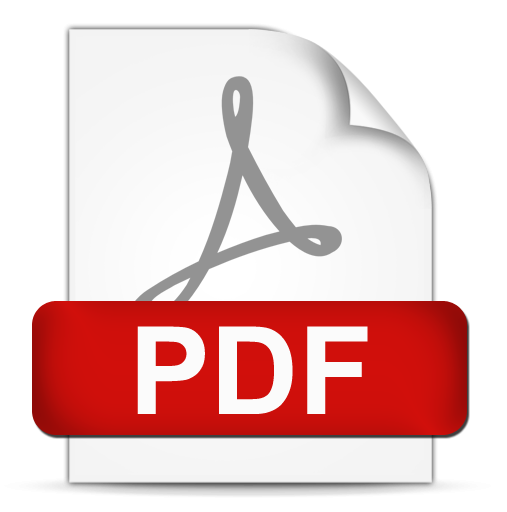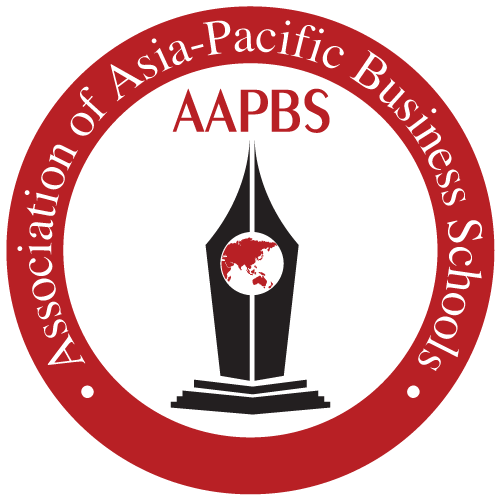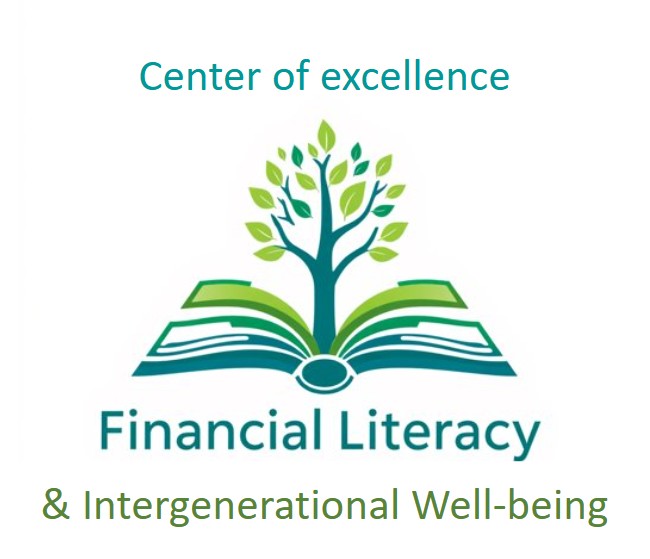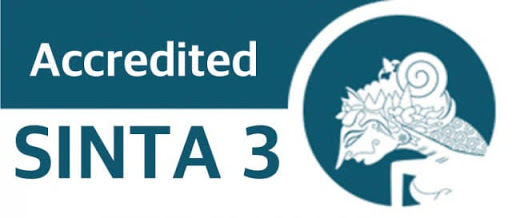A Qualitative Policy Analysis of the Trump 2.0 Universal Tariff
 Abstract Views:
169 times
Abstract Views:
169 times
 PDF Downloads:
75 times
PDF Downloads:
75 times
Abstract
Purpose: The United States’ April 2025 “Trump 2.0” order— combining a blanket 10 percent tariff with country-specific “reciprocal” surcharges—represents the largest single expansion of U.S. protectionism since the 1930s. For Indonesia, the measure imposes a 32 percent duty on its exports, threatening one tenth of merchandise sales and large segments of Java’s labour-intensive manufacturing. This study provides an early-stage qualitative policy analysis of the shock.
Method: A triangulated research design integrates: (i) comparative historical review of past U.S. tariff waves; (ii) desk analysis of high- frequency customs and freight data through March 2025; and (iii) input–output tracing with the 2021 Indonesian Supply–Use Table to assess import-content vulnerability.
Result: Findings indicate a first-year export shortfall of ~USD 1 billion (0.3 % of GDP), with 55 % of exposure concentrated in HS 85 electrical machinery, HS 61–62 apparel, and HS 64 footwear. A 10 % rupiah depreciation would raise production costs by 4.7 % in West Java electronics and 3.2 % in Central Java garments, given import coefficients of 0.47 and 0.32. Indirect spillovers are significant: China and ASEAN supply 65 % of Indonesia’s intermediate imports and are discounting diverted components, threatening assembly-line utilisation below the 85 % shutdown threshold. Policy resilience requires a five-point package: surplus-management diplomacy, selective MFN concessions on U.S. capital goods, accelerated Asia– Africa market diversification, safeguards against diversion imports, and coordinated macro-financial support for export-oriented SMEs. Future research should combine post-implementation customs data with firm-level panels to measure household income effects and evaluate mitigation efficacy.
Downloads
References
Alam, I. A., Singagerda, F. S., & Tuti, H. (2019). Mapping of international trade liberalization and trade balance position in developing country . Opción, 35(Edición Especial Nro. 21), 272–287.
Baldwin, R., & Venables, A. J. (2015). Trade policy and industrialisation when backward and forward linkages matter. Research in Economics, 69(2), 123–131. doi:10.1016/j.rie.2015.02.008
Basuki, Y. T., Arief, M., & Propheto, A. (2015). The role of leadership, dynamic capabilities, and organization culture, in company performance of Manufacturing Industries in Indonesia (study in food and beverages industries). Advanced Science Letters, 21(5), 1141–1145. doi:10.1166/asl.2015.6050
Biro Pusat Statistik, (2025). Statistik Expor Provinsi Jawa Tengah. Semarang, INA.
Biro Pusat Statistik, (2020). (rep.). Tabel Input Output Indonesia 2020 (pp. 1–50). Jakarta, INA: Biro Pusat Statistik.
Birge, J. R., Capponi, A., & Chen, P.-C. (2023). Disruption and rerouting in Supply Chain Networks. Operations Research, 71(2), 750–767. doi:10.1287/opre.2022.2409
Cavallo, A., Gopinath, G., Neiman, B., & Tang, J. (2021). Tariff pass-through at the border and at the store: Evidence from US trade policy. American Economic Review: Insights, 3(1), 19–34. doi:10.1257/aeri.20190536
Chang, P.-L., & Nguyen, P. T. (2020). Made in Singapore. The Singapore Economic Review, 67(06), 1835–1904. doi:10.1142/s0217590820500150
Darby, J. L., Ketchen, D. J., Williams, B. D., & Tokar, T. (2020). The implications of firm‐specific policy risk, policy uncertainty, and industry factors for inventory: A resource dependence perspective. Journal of Supply Chain Management, 56(4), 3–24. doi:10.1111/jscm.12229
Dermawan, W., Azmi, F., Darmawan, I., & Djuyandi, Y. (2024). The contribution of West Java Research and development institutions in post-COVID-19 regional economic recovery through the use of foreign sources. Multidisciplinary Science Journal, 6, 3–24. doi:10.31893/multiscience.2024ss0414
Ding, G., Guo, G., Wu, C., & Yu, J. (2022). China-US trade friction and welfare: The role of regional trade agreements. Economic Modelling, 113. https://doi.org/10.1016/j.econmod.2022.105877
Dixon, P. B., Jerie, M., & Rimmer, M. T. (2018). Optimality in the Armington, Krugman and Melitz Models. In Trade Theory in Computable General Equilibrium Models (pp. 25–37). essay, Singapore, SG: Springer.
Fathelrahman, E., Osman, R., Hoag, D. L., Sixt, G. N., & Strzepek, K. (2024). Bilateral Trade Welfare Impacts of India’s export ban of non-basmati rice using the global partial equilibrium simulation model (GSIM). Foods, 13(19), 3124. doi:10.3390/foods13193124
Frenkel, M., & Walter, B. (2018). The new American protectionism | Der neue protektionismus der USA. Wirtschaftsdienst, 98(4), 276–283. https://doi.org/10.1007/s10273-018-2286-7
Fu, M. M.-Z., Tan, K., Samadi, B., & Rose, A. N. (2025). Spillover Effect of Chinese Export on New ASEAN-5 Stock Markets using Markov Regime Switching Model. International Journal of Advanced Business Studies, 2(1), 53–64. https://doi.org/10.59857/raod1747
Grossman, G. M., & Helpman, E. (2021). Identity Politics and Trade Policy. Review of Economic Studies, 88(3), 1101–1126. https://doi.org/10.1093/restud/rdaa031
Guha-Khasnobis, B., & Aditya, A. (2024). Export diversification, quality and Global Value Chain: A cross-country analysis. Journal of International Commerce, Economics and Policy, 15(03), 1–39. doi:10.1142/s1793993324500212
Gupta, K. (2023). The heterogeneous impact of tariffs and NTMS on total factor productivity for Indonesian firms. Bulletin of Indonesian Economic Studies, 59(2), 269–300. doi:10.1080/00074918.2021.2016613
Harsani, P., Suhendra, A., Wulandari, L., & Wibowo, W. C. (2020). A study using machine learning with Ngram model in harmonized system classification. Journal of Advanced Research in Dynamical and Control Systems, 12(6 Special Issue), 145 – 153. https://doi.org/10.5373/JARDCS/V12SP6/SP20201018
Jung, Y. S., & Park, Y. (2024). Winners and losers in U.S.–China trade disputes: A dynamic compositional analysis of foreign direct investment. Social Science Quarterly, 105(4), 980–995. https://doi.org/10.1111/ssqu.13362
Lyeonov, S., Zhytar, M., Moroz, A., Bokenchina, L., Sitenko, D., Artyukhov, A., & Yehorova, Y. (2025). The role of feed-in tariffs in encouraging insurance companies to invest in renewables. Insurance Markets and Companies, 16(1), 115–130. https://doi.org/10.21511/ins.16(1).2025.10
Mckinnon, R., & Schnabl, G. (2004). The Return to Soft Dollar Pegging in East Asia: Mitigating Conflicted Virtue. International Finance, 7(2), 169–201. https://doi.org/10.1111/j.1367- 0271.2004.00135.x
Muchtar, M., Rodoni, A., Amalia, E., & Warninda, T. D. (2024). The impact of the Indonesia–OIC countries’ free trade agreement on the halal food sector: CGE analysis. Journal of Islamic Marketing, 16(2), 428–446. https://doi.org/10.1108/jima-03-2023-0075
Purwono, R., Heriqbaldi, U., Esquivias, M. A., & Mubin, M. K. (2021). The US-China Trade War: Spillover Effects on Indonesia and other Asian Countries. Economics Bulletin, 41(4), 2370–2385.
Rahmawati, D., & Redi, A. A. N. P. (2023). Application failure mode effect analysis for risk management in new costumer acceptance project in garment industry with approaching Project Management Body of Knowledge. Journal of Entrepreneurship & Business, 4(3), 167–181. doi:10.24123/jeb.v4i3.5726
Rojas-Vallejos, J., & Turnovsky, S. J. (2017). Tariff Reduction and Income Inequality: Some Empirical Evidence. Open Economies Review, 28(4), 603–631. https://doi.org/10.1007/s11079- 017-9439-y
Rudsinske, J. F. (2023). How unilateral tariffs harm workers under oligopoly. World Economy, 46(9), 2732–2754. https://doi.org/10.1111/twec.13466
The U.S. Census Bureau, T. U. S. C. B. (2025). (rep.). U.S. International Trade In Goods And Services, December 2024. Retrieved from https://www.census.gov/foreign-trade/Press-Release/ft900/ft900_2412.pdf
Widyasanti, A. A. (2017). The impact of new trade agenda to macroeconomic performance of Indonesia and Japan in short and long term. Buletin Ekonomi Moneter Dan Perbankan, 20(2), 181–202. doi:10.21098/bemp.v20i2.811
Yanikkaya, H., Tat, P., & Altun, A. (2024). Do Lower Tariff Rates Promote Global Value Chain Participation? World Trade Review, 23(1), 1–19. https://doi.org/10.1017/S1474745623000289
Zhang, L., Luo, M., Yang, D., & Li, K. (2017). Impacts of trade liberalization on Chinese economy with Belt and Road initiative. Maritime Policy & Management, 45(3), 301–318. https://doi.org/10.1080/03088839.2017.1396504
Zhang, J., Wang, Y., Qu, J., Zhang, B., Zhao, H., Yun, L., Li, T., Niu, P., Nie, F., Hui, J., & Zhang, Y. (2020). Mesozoic intracontinental deformation of the Alxa Block in the middle part of Central Asian Orogenic Belt: A review. International Geology Review, 63(12), 1490–1520. https://doi.org/10.1080/00206814.2020.1783583

This work is licensed under a Creative Commons Attribution 4.0 International License.
Articles published in Journal of Entrepreneurship & Business are licensed under a Creative Commons Attribution 4.0 International (CC BY) license. You are free to copy, transform, or redistribute articles for any lawful purpose in any medium, provided you give appropriate credit to the original author(s) and the journal, link to the license, and indicate if changes were made.
Authors submitting to this journal agree to make their work freely available under the CC BY 4.0 license, ensuring broad dissemination and reuse. The full license details can be accessed at https://creativecommons.org/licenses/by/4.0/.
This ensures that they receive the maximum dissemination because there are no barriers to access. This license allows readers to disseminate and reuse the paper, but always requires them to grant the authors and the first publication full credit.
While JEB upholds ethical publishing standards, the responsibility for ensuring originality and compliance with copyright regulations lies with the authors. The journal is not liable for any legal claims related to the content of published articles.
For further inquiries, please contact the editorial team.

 DOI:
DOI:










